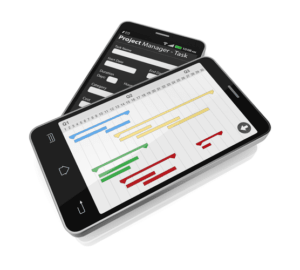
Despite the importance of accurate bookkeeping practices, most people don’t feel entirely confident with maintaining detailed business finances. Whether it’s a lack of interest or knowledge, many businesses outsource this process to a professional bookkeeper to ensure accurate and healthy finances all around. This method doesn’t record invoices or your company’s outstanding bills until they’ve been paid. Accounting software makes it possible to do much of this on your own, though you may decide to outsource some basic bookkeeping tasks to an online bookkeeping service as your small business grows.
Generally, if your assets are greater than your liabilities, your business is financially stable. Note that certain companies, such as those in service-based industries, may not have a lot of equity or may have bookkeeping for small business negative equity. A lot goes into it—from managing payables and receivables to balancing books. But what might seem like an overwhelming task isn’t so bad when you break it down to the bookkeeping basics.
What is a bookkeeper’s job?
This will give you a clear picture of your business’s past financial performance and help you make realistic projections for the future. These five bookkeeping tasks seem like a lot to think about, but you can make things significantly easier by following three golden rules. Combine these with quality accounting or bookkeeping software, and you’ll stay on top of your books every month without breaking a sweat. This is a key bookkeeping task that involves looking at your bank statement and checking it against your financial records.
In order to follow the accounting equation, all entries made into your general ledger need to have a debit entry and a corresponding credit entry. Accounting software applications always include a default chart of accounts that you can use immediately. A good place to start is by reading The Ascent’s accounting tools reviews to get an idea of what’s available. Be sure to download some demos and try out an application for yourself before you buy it. To make it easy to get started, we’ve created a guide with the 10 essential steps necessary for accounting for small business.
Take control of your financial records
With an accounting system, you need to decide when to record transactions. With a cash account system, you’ll record transactions anytime cash changes hands. An accrual accounting system records transactions, like sales, immediately, even if money isn’t exchanged until later. As your company grows, you’ll probably want to move towards accrual accounting, but it’s not a necessity when starting a business. Double-entry bookkeeping, used by many businesses, records each transaction twice, once for the source of money and the other for the money’s destination.
You can always attend professional events, too, such as conferences and networking events. Don’t forget that investing in your business means investing in yourself. The savviest small-business marketers are the ones who figure out exactly who their customers are and advertise directly to them.

